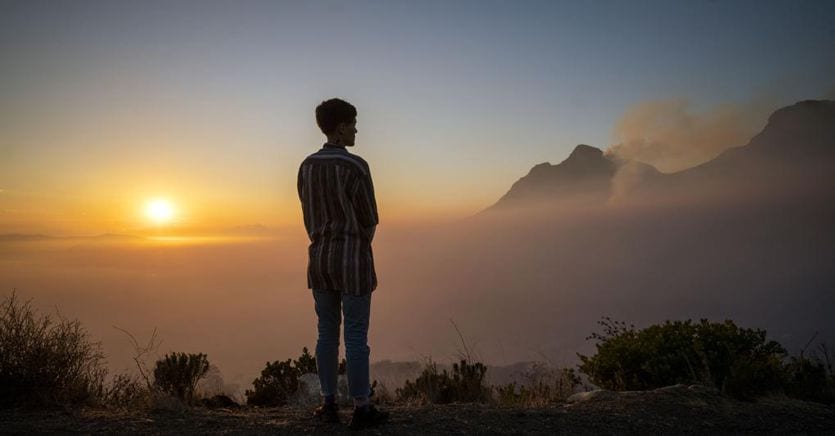The name is always the same: Land Grabbing, or the grabbing of fertile lands. But the meaning that is given to it, and the consequences that are highlighted, vary from point of view. It is almost a “theft” of arable land, in the name of profit or food hoarding, accuses those who want to emphasize the effect that this type of sale produces on the populations who have lived and worked for generations on these lands and are expropriated.
It is one of the many, and perhaps most evident, effects of climate change, point out those who point the finger at rich but arid countries, dedicated to buying agricultural land and then squeezing it and exporting vegetables and fruit to their markets.
It is the last blow to the biodiversity, which is inexorably reduced and facilitates the path to the spread of new viruses, raises the alarm who is more attentive not only to the survival of flora and fauna, but also to the news of recent months. Finally, it is the gradual and inexorable impoverishment of the land caused by these gigantic mono-cultures, which facilitate and accelerate the path towards desertification.
Loading…
A growth of 1000% in 10 years
Land grabbing is not only this, it is also this. And it is above all a phenomenon that requires the attention of the international community. Before it’s too late. Ward Anseeuw knows the phenomenon well. Economist and political analyst, researcher at the Agricultural Research Center for International Development (CIRAD), he works as a senior specialist at the International Land Coalition (Ilc). “Since 2000, since we have been monitoring the phenomenon – he explains – 33 million hectares of fertile land were traded. With a clear acceleration between 2009 and 2011. Now the phenomenon is slowing down. For several reasons. The possibilities of profits have been overestimated, and the difficulties of realization have been underestimated. But we need a clear turnaround if we want to get closer to a sustainable environment ».
Just a comparison; 33 million hectares are practically a larger area than the whole of Italy. The buying rush accelerated in 2007, when the crisis in agricultural product prices dramatically emphasized the problem of food security in rich countries, highlighting the great economic opportunities still present in developing countries. .
Agricultural investments took off. Dragging behind, and this is nothing new, funds and speculators. In just ten years, from 2008, the year of the outbreak of the financial crisis, to 2017, the phenomenon of Land grabbing has grown by 1000 percent. Land used to grow, and then export food, for biodiesel, or as a new tool to grind profits. But also for mining projects, industrial and tourism projects, urbanization. Often, it is the forest mantle that pays the price. And biodiversity.
